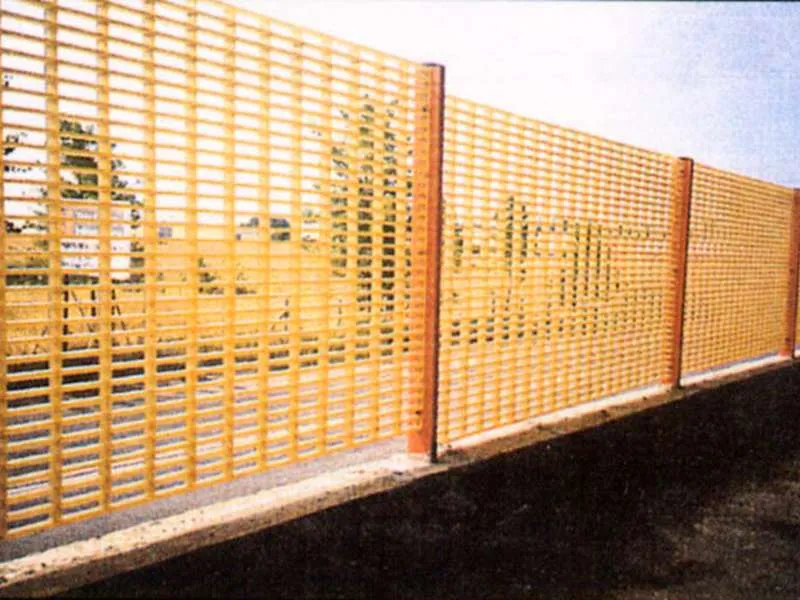
-
 Afrikaans
Afrikaans -
 Albanian
Albanian -
 Amharic
Amharic -
 Arabic
Arabic -
 Armenian
Armenian -
 Azerbaijani
Azerbaijani -
 Basque
Basque -
 Belarusian
Belarusian -
 Bengali
Bengali -
 Bosnian
Bosnian -
 Bulgarian
Bulgarian -
 Catalan
Catalan -
 Cebuano
Cebuano -
 China
China -
 China (Taiwan)
China (Taiwan) -
 Corsican
Corsican -
 Croatian
Croatian -
 Czech
Czech -
 Danish
Danish -
 Dutch
Dutch -
 English
English -
 Esperanto
Esperanto -
 Estonian
Estonian -
 Finnish
Finnish -
 French
French -
 Frisian
Frisian -
 Galician
Galician -
 Georgian
Georgian -
 German
German -
 Greek
Greek -
 Gujarati
Gujarati -
 Haitian Creole
Haitian Creole -
 hausa
hausa -
 hawaiian
hawaiian -
 Hebrew
Hebrew -
 Hindi
Hindi -
 Miao
Miao -
 Hungarian
Hungarian -
 Icelandic
Icelandic -
 igbo
igbo -
 Indonesian
Indonesian -
 irish
irish -
 Italian
Italian -
 Japanese
Japanese -
 Javanese
Javanese -
 Kannada
Kannada -
 kazakh
kazakh -
 Khmer
Khmer -
 Rwandese
Rwandese -
 Korean
Korean -
 Kurdish
Kurdish -
 Kyrgyz
Kyrgyz -
 Lao
Lao -
 Latin
Latin -
 Latvian
Latvian -
 Lithuanian
Lithuanian -
 Luxembourgish
Luxembourgish -
 Macedonian
Macedonian -
 Malgashi
Malgashi -
 Malay
Malay -
 Malayalam
Malayalam -
 Maltese
Maltese -
 Maori
Maori -
 Marathi
Marathi -
 Mongolian
Mongolian -
 Myanmar
Myanmar -
 Nepali
Nepali -
 Norwegian
Norwegian -
 Norwegian
Norwegian -
 Occitan
Occitan -
 Pashto
Pashto -
 Persian
Persian -
 Polish
Polish -
 Portuguese
Portuguese -
 Punjabi
Punjabi -
 Romanian
Romanian -
 Russian
Russian -
 Samoan
Samoan -
 Scottish Gaelic
Scottish Gaelic -
 Serbian
Serbian -
 Sesotho
Sesotho -
 Shona
Shona -
 Sindhi
Sindhi -
 Sinhala
Sinhala -
 Slovak
Slovak -
 Slovenian
Slovenian -
 Somali
Somali -
 Spanish
Spanish -
 Sundanese
Sundanese -
 Swahili
Swahili -
 Swedish
Swedish -
 Tagalog
Tagalog -
 Tajik
Tajik -
 Tamil
Tamil -
 Tatar
Tatar -
 Telugu
Telugu -
 Thai
Thai -
 Turkish
Turkish -
 Turkmen
Turkmen -
 Ukrainian
Ukrainian -
 Urdu
Urdu -
 Uighur
Uighur -
 Uzbek
Uzbek -
 Vietnamese
Vietnamese -
 Welsh
Welsh -
 Bantu
Bantu -
 Yiddish
Yiddish -
 Yoruba
Yoruba -
 Zulu
Zulu
grp winding machine
Understanding GRP Winding Machines and Their Applications
Glass Reinforced Plastic (GRP) winding machines are specialized equipment used in the manufacturing of composite materials, particularly where high strength-to-weight ratios are required. These machines utilize a process that involves winding glass fiber around a core to create cylindrical structures, commonly used in industries such as aerospace, automotive, chemical, and construction.
The Winding Process
The GRP winding process begins with the preparation of the core, which can be made of various materials, including steel or plastic, depending on the end product requirements. The core is then placed in the winding machine, which is equipped with spools of glass fiber and resin. The machine typically employs a continuous filament winding technique, where the glass fibers are impregnated with resin as they are wound onto the core. This method ensures uniform coverage and allows for precise control over the fiber orientation, leading to enhanced mechanical properties of the final product.
The winding parameters, including speed, tension, and angle, can be adjusted based on the specific requirements of the application. For example, patterns of winding can be varied to optimize strength in different directions, making the GRP products suitable for high-stress applications. The automation of the winding process not only improves efficiency but also reduces the risk of human error, resulting in higher quality products.
Applications of GRP Winding Machines
GRP winding machines are versatile and are used in a wide range of applications. One of the most common uses is in the manufacturing of storage tanks and pipes for industrial applications. The corrosion resistance and lightweight nature of GRP make it an ideal choice for these applications, significantly extending the lifespan of the products while reducing maintenance costs.
grp winding machine

In the aerospace industry, GRP winding machines are employed to produce components for aircraft and spacecraft. The combination of strength, lightweight properties, and resistance to environmental factors makes GRP an advantageous material in this sector. Components such as fuselage sections, tail sections, and internal structures are often manufactured using advanced winding techniques.
The automotive industry also benefits from GRP winding technology. Parts such as drive shafts, suspension components, and body panels can be produced using GRP, enhancing vehicle performance by reducing weight without compromising safety. The ability to tailor the mechanical properties of GRP composites provides automotive manufacturers with the flexibility to design vehicles that meet specific performance criteria.
Advantages of Using GRP Winding Machines
The adoption of GRP winding machines offers several advantages. Firstly, they produce lightweight yet strong components, which can lead to energy savings in various applications, particularly in transportation. Secondly, the corrosion resistance of GRP reduces the need for protective coatings, further lowering maintenance needs and costs. Additionally, GRP products can be produced in customized shapes and sizes, allowing for greater design flexibility in engineering projects.
As technology advances, the GRP winding machine industry continues to evolve. Innovations such as automated systems, enhanced resin formulations, and improved fiber technologies are paving the way for more efficient production processes and superior performance materials.
In conclusion, GRP winding machines play a crucial role in the modern manufacturing landscape, providing high-performance composite solutions across various industries. As the demand for lightweight, strong, and durable materials continues to rise, the importance of GRP winding technology will only increase, driving further advancements and applications in the future.









